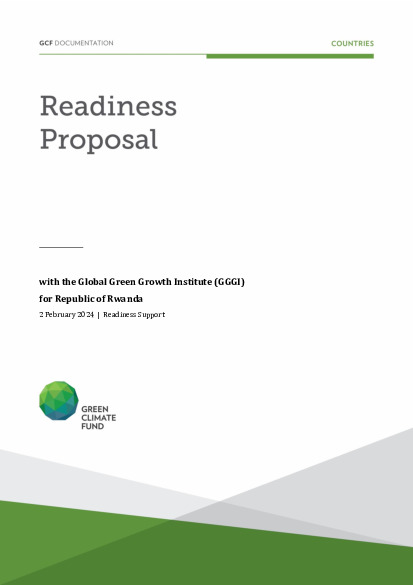Development of Sectoral Guide and District Plans for Integrated Land Use Planning, capacity development for access to finance, and rural women empowerment for climate actions

Development of Sectoral Guide and District Plans for Integrated Land Use Planning, capacity development for access to finance, and rural women empowerment for climate actions
Rwanda’s socio-economic development is dependent on the environment and natural resources such as land, water, air, minerals and biodiversity1. Rwanda aspires to become an upper middle-income country by 2035 and high income country by 2050 with:
- an urbanization rate of 70%,
- 10.3% of land area protected to maintain biodiversity,
- 30% of land covered by forests, and
- net zero carbon economy by 2050.
Based on the National Land Use and Development Master Plan (NLUDMP) 2020 - 2050, the urban population is projected at 7.5 million (35%) by 2035 and 15.4Mio (70%) by 2050. The rapid urban population growth coupled with the proliferation of unplanned human settlements for the benefit of housing development have a major impact on land use, including loss of agricultural land, biodiversity, forests and wetlands. Hence, well planned and efficiently managed human settlements especially in cities and towns, are critical components that will contribute to achieving the above country’s socio-economic, environmental and climate actions aspirations.
The main objective of this Readiness is to enable the efficient and effective implementation of the provisions and recommendations of the National Land use and Development Master Plan (NLUDMP – 2050)3 through the elaboration of Green District Land Use Plans (DLUPs), Capacity development of land sub-sector actors, and DAE (MoE) to strengthen integrated land use planning and enhance access to climate finance in Rwanda.